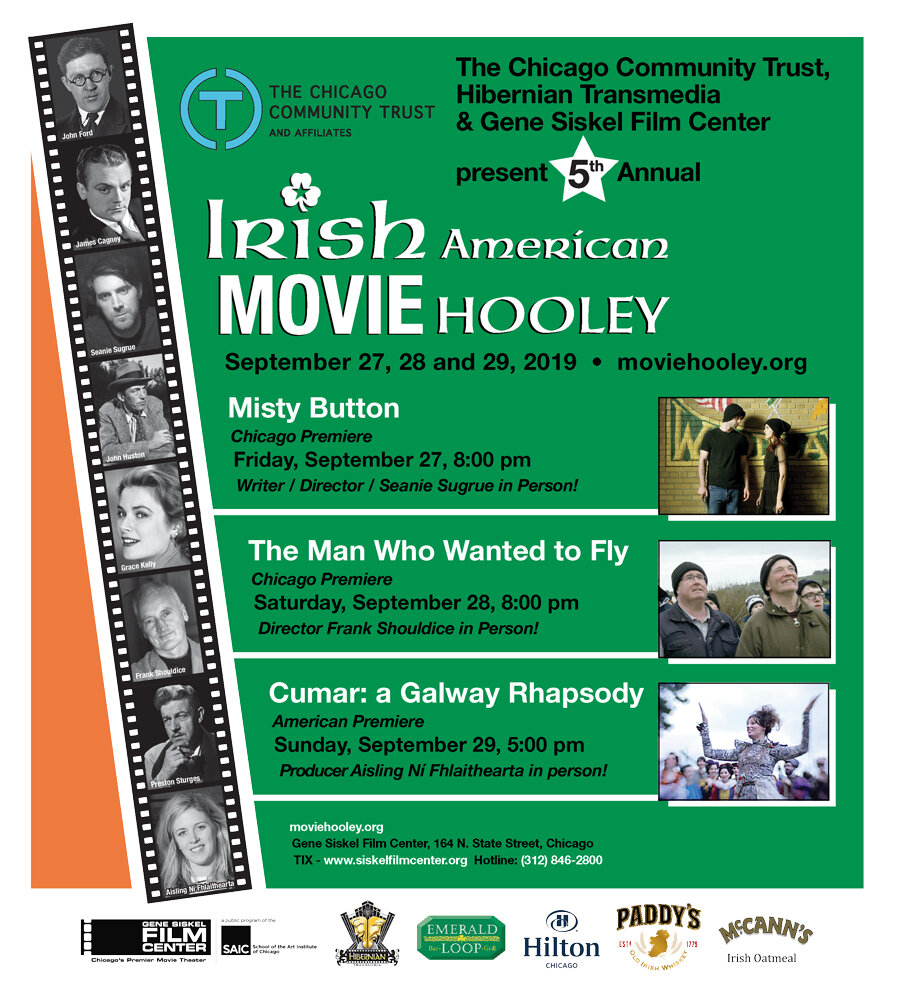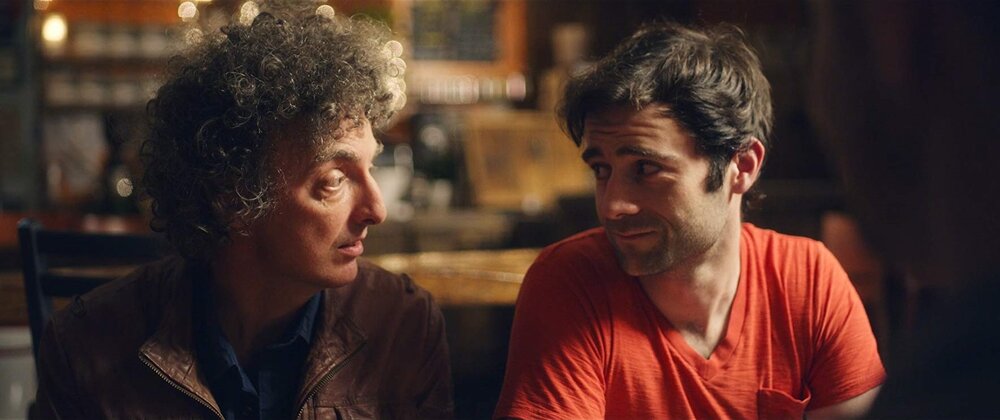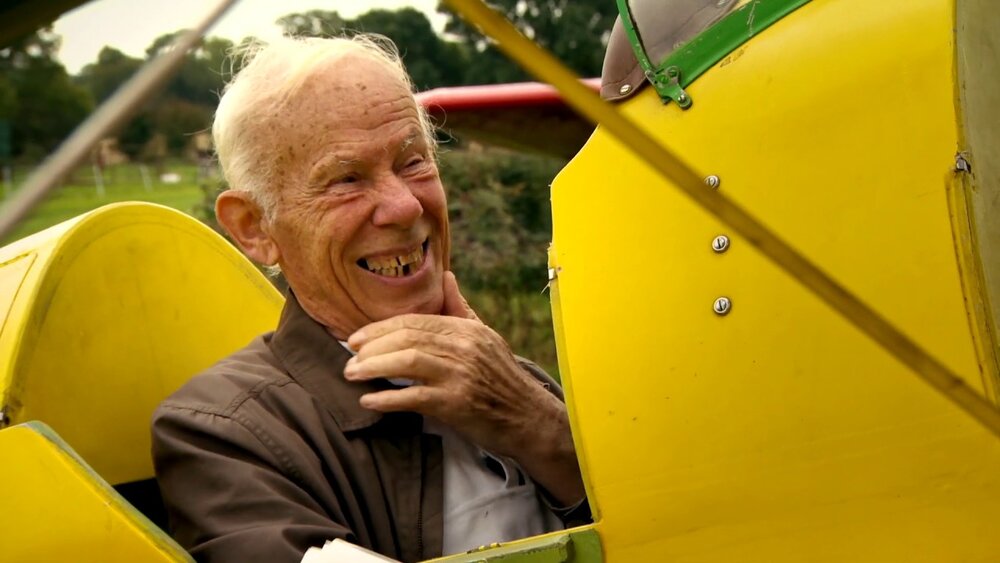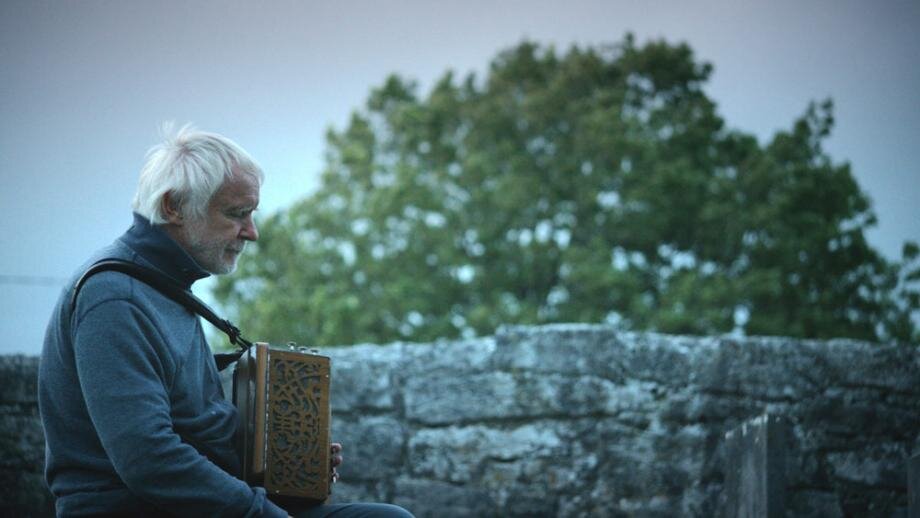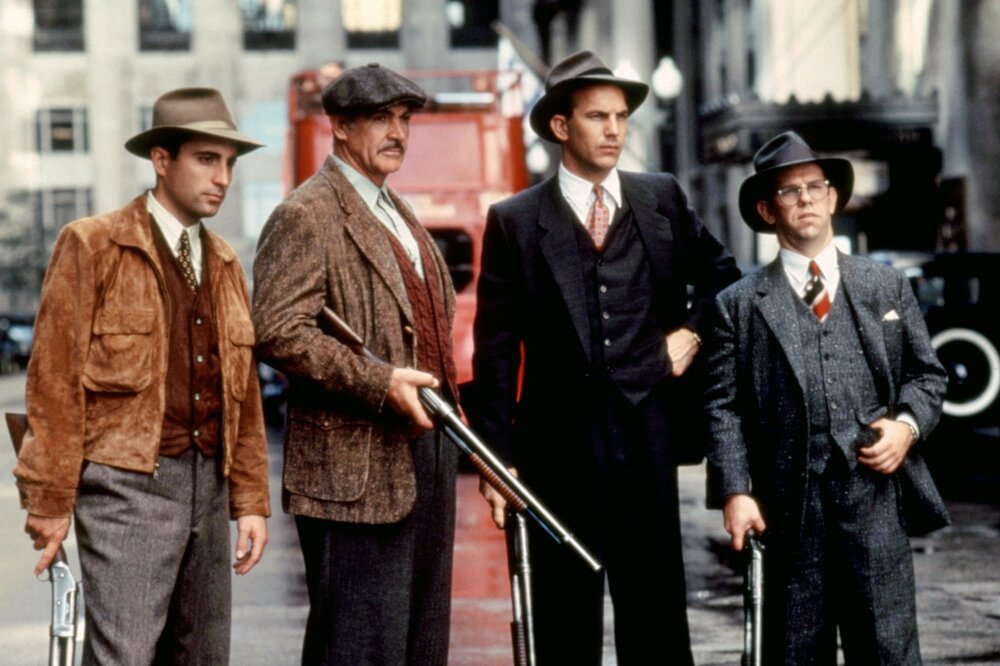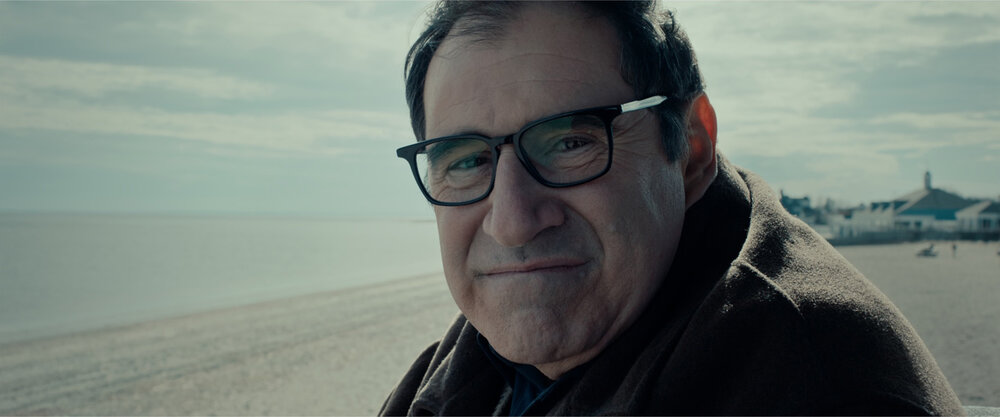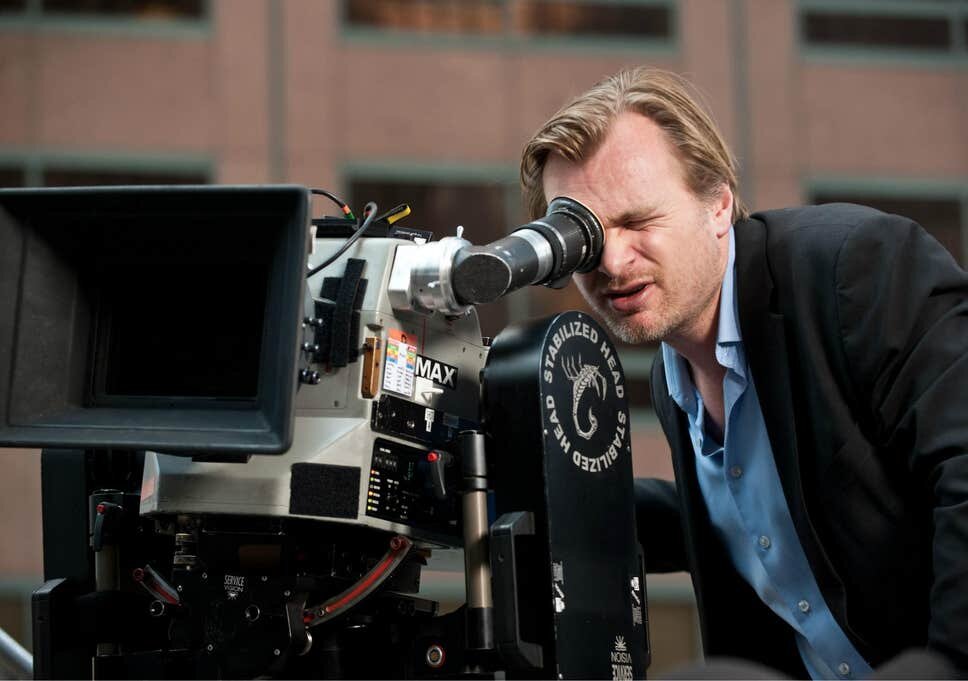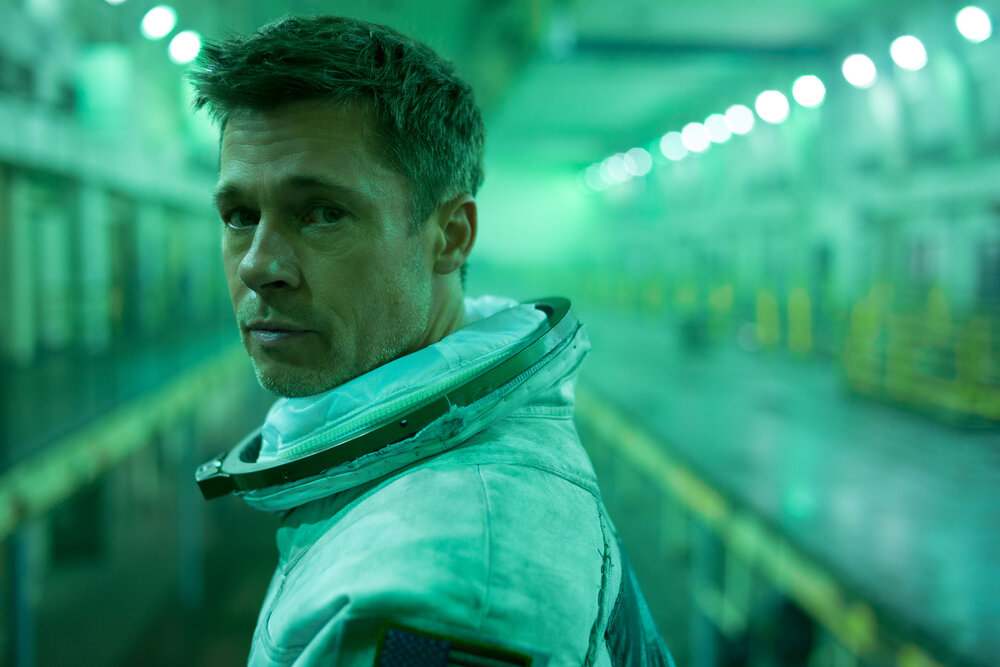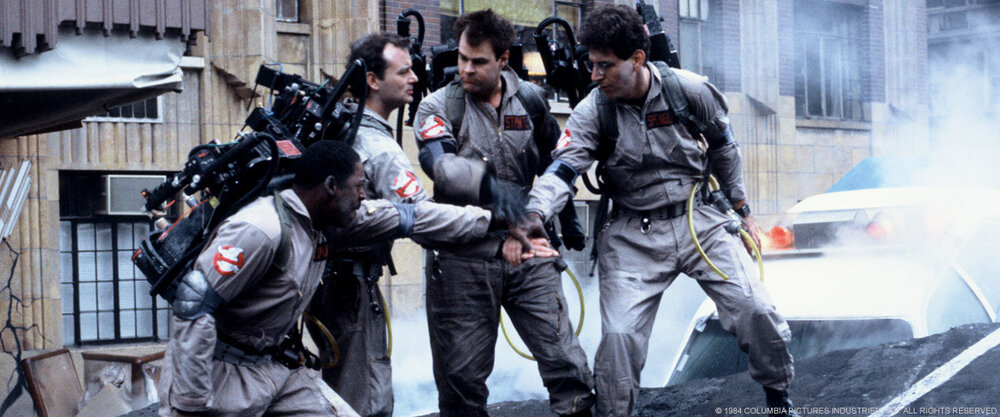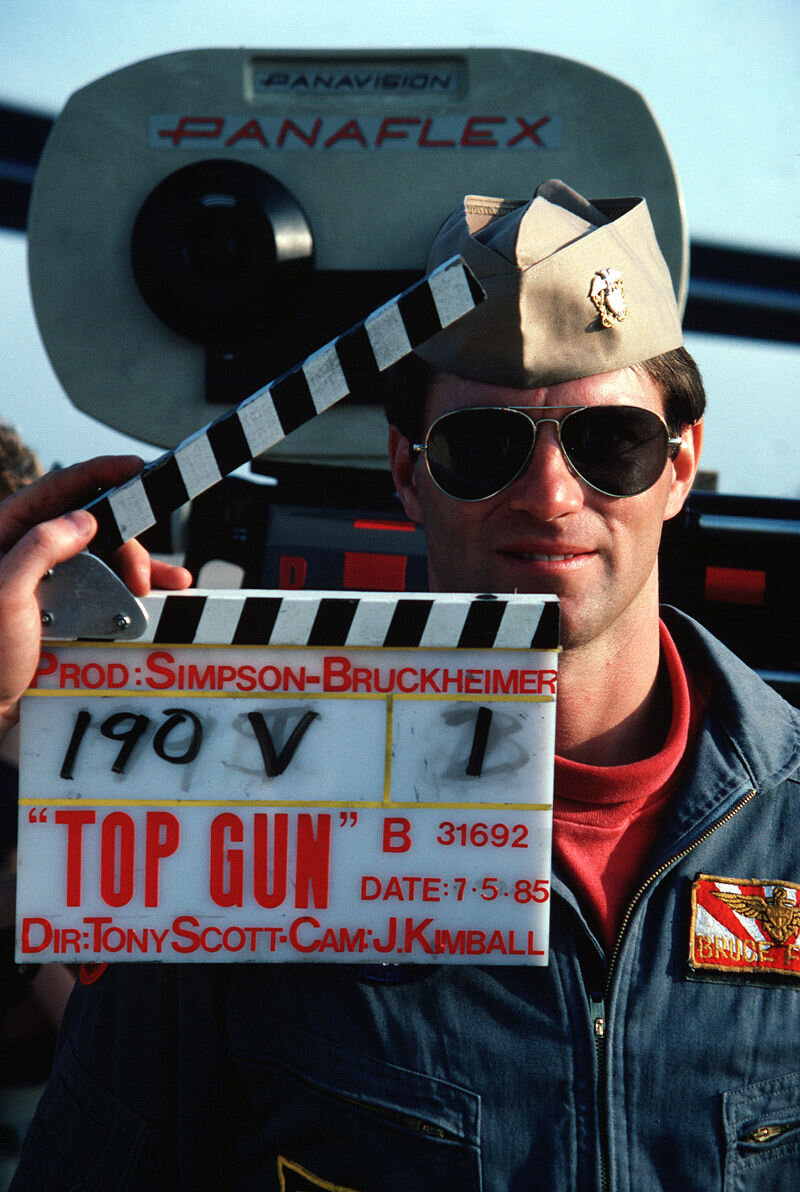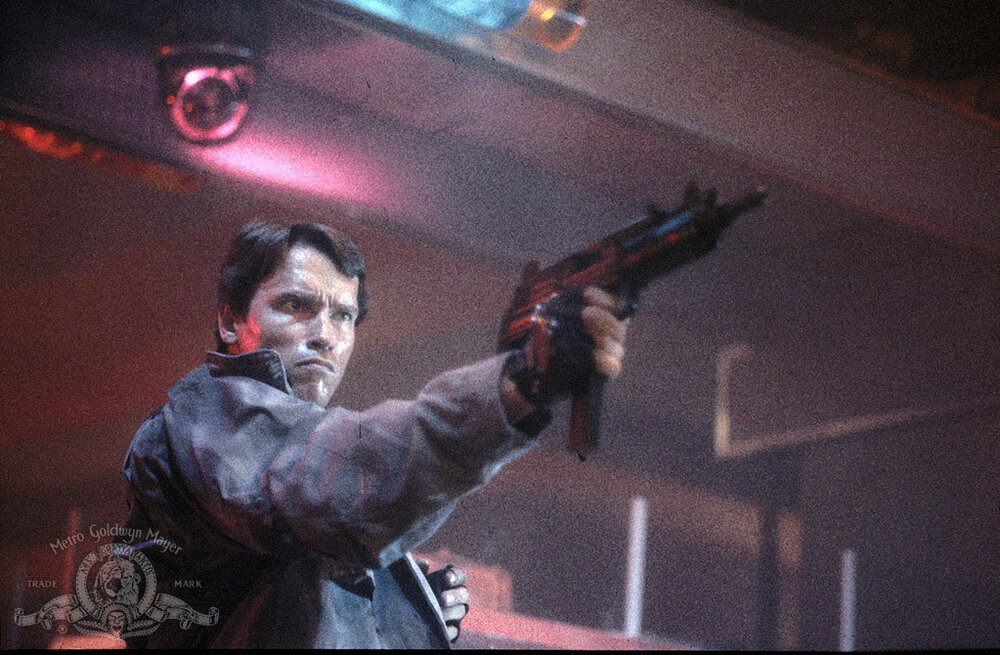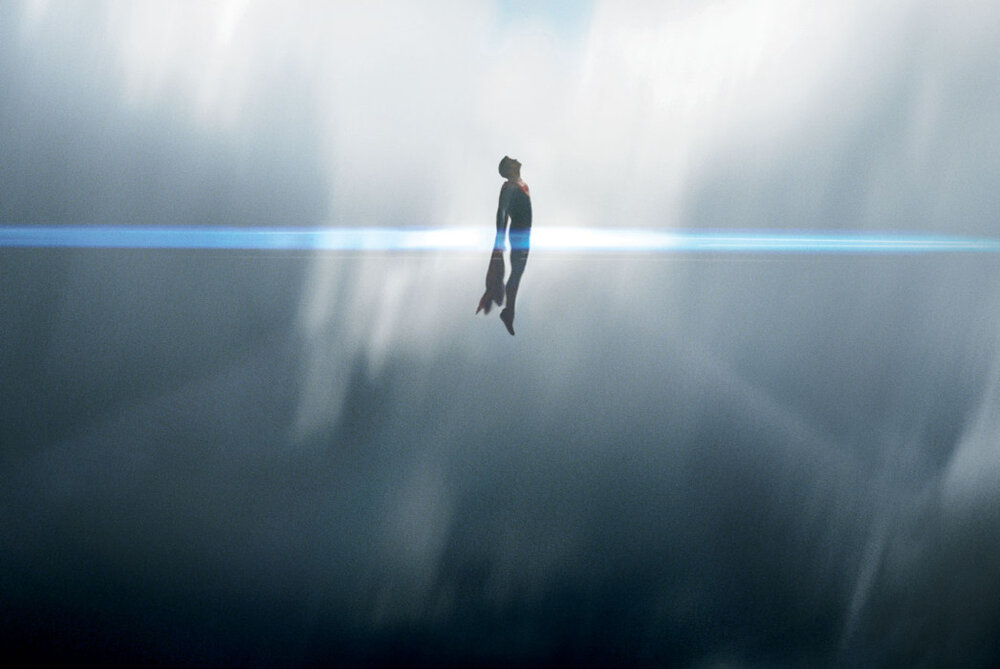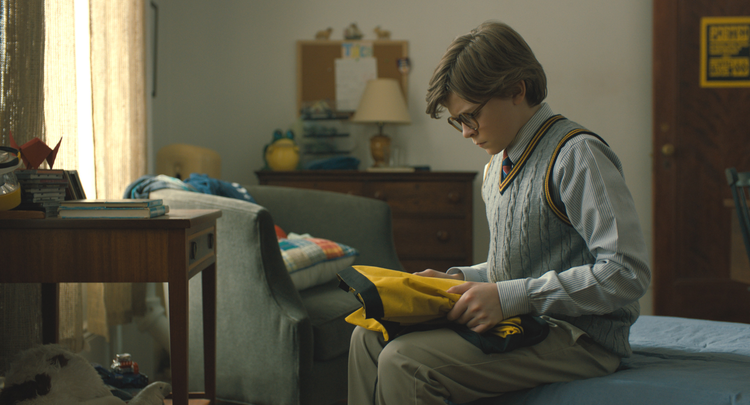
(Image: global-lt.com)
7 best films about the world of translation
How much do people really know about the difficult tasks of translators and interpreters? The profession of translation is one of the oldest in the world, dating from the first time two ancient civilizations started to interact with each other. Language is one of the most important parts of civilization and translation has the power to bridge different cultures.
Nowadays, in today’s globalized world, translators are more important than ever before. The experts from The Word Point explain that” Translators are the ones that enhance communication by conveying information accurately from one language to another, thus, eliminating any language barriers that exist across the world. And, unlike computer-generated translations, professional interpreters can provide 100% accurate language translation”.
Although there are very few movies who revolve around this profession, those who do, succeed to perfectly capture the challenges the translators and interpreters face. Here are the 7 best movies about the world of translation and its importance:

Arrival (2016)
The sci-fi movie Arrival is an outstanding delight for translators and interpreters and the plot of the movie revolves around communication with alien species that come on our planet. Perhaps the biggest challenge a translator could ever face is translating an alien language in a way that humans will understand it. And, when the faith of our planet depends on the translation, the challenge is even more overwhelming.
Arrival tells the story of a reputable linguist who starts to collaborate with the military in order to help humans communicate with alien lifeforms that come on planet Earth.
Although it is a fiction, the movie underlines the real-life challenges of translators when a wrong translation can have huge consequences.
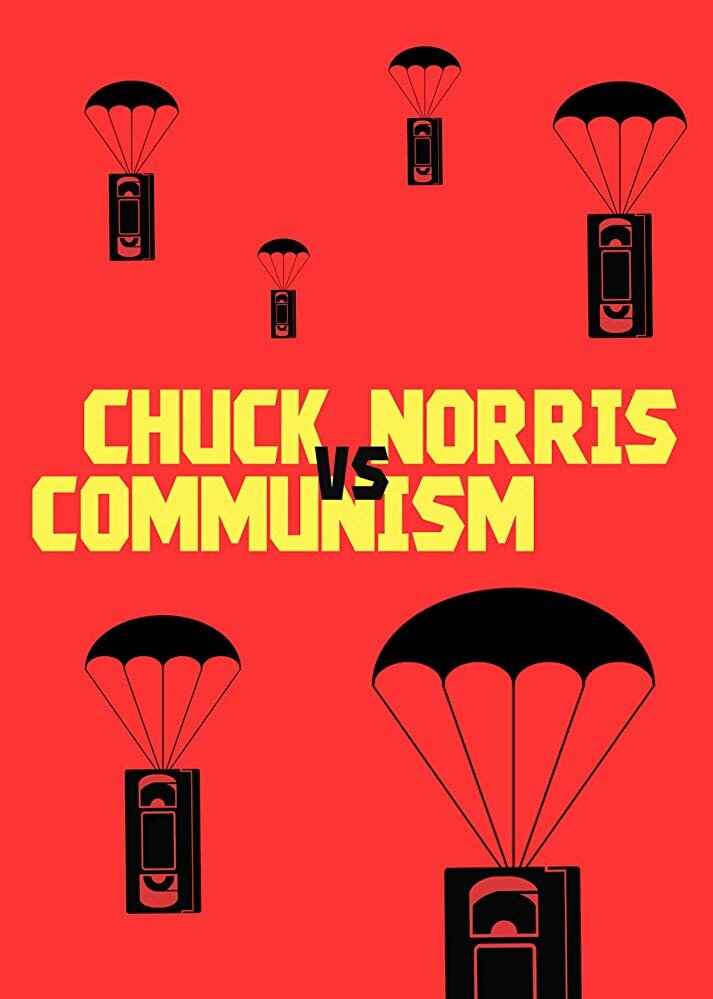
Chuck Norris vs. Communism (2015)
Chuck Norris vs. Communism is a documentary that revolves around the reality in Communist Romania in the late 1970s and 1980s. The Romanian-British documentary tells the story of the illegal importation of American action and religious movies in a country that was ruled by a very strict communist party.
Despite the risks she was exposing herself to, the young radio newscaster, Irina Nistor, dubbed thousands of illegally imported movies in the Romanian language. The story that the movie tells shows the importance that translation had at that time for the Romanian nation as they were able to understand and see what life was on the other side of the Iron Curtain. This movie certainly shows the importance of translators to overcome language barriers and change destinies.

Desert Flower (2009)
When translation would be essential to survive in an unknown world, anyone would appreciate the skills of translators a lot more. The 2009 German biographical movie, Desert Flower, tells the story of a Somali little girl who escapes her village to avoid a forced marriage. However, the little girl soon starts to experience language barriers and communication difficulties and needs an interpreter. Unfortunately, instead of her getting a professional translator, she ends up having her words translated by a hospital worker who tells his personal opinions instead of translating what she is saying accurately.

The Interpreter (2005)
Who would have thought that knowing foreign languages could put your life in danger? The movie Interpreter uses this scenario for its plot. The Interpreter is a political thriller movie starring the famous actors Nicole Kidman and Sean Penn which tells the story of an interpreter who by mistake overhears a secret conversation between two important politicians about an assassination plot in the Matoban lingua franca. The conversation she overhears becomes the primary element of the movie which starts to put her life in danger leading to numerous thriller scenes.
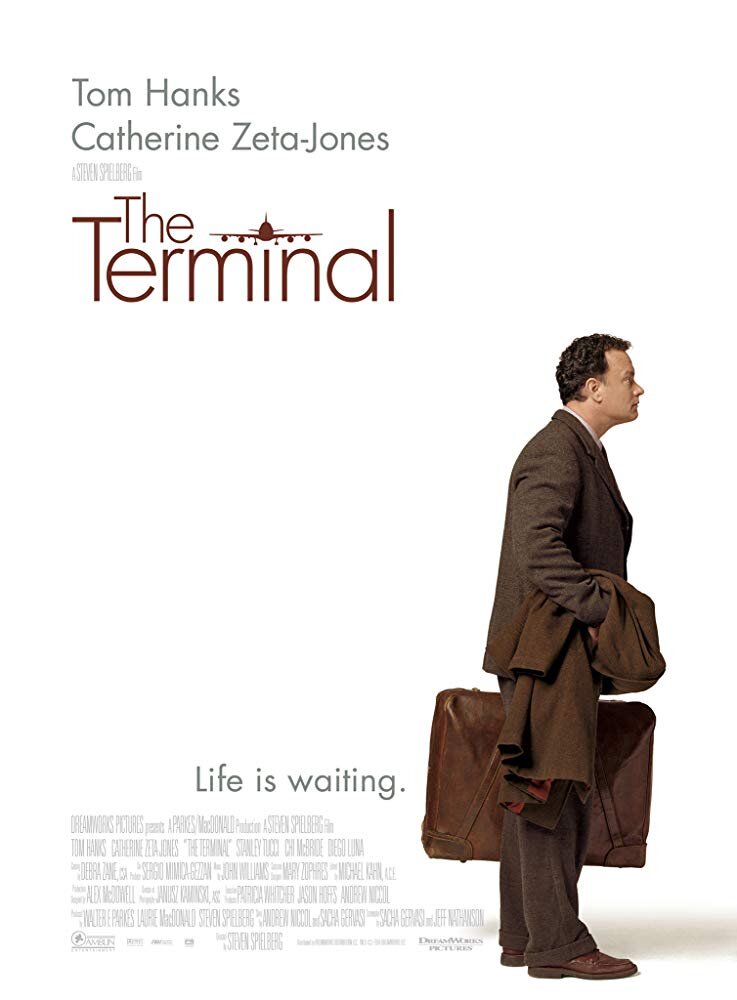
The Terminal (2004)
Imagine being trapped in an airport terminal where no one speaks your language. Who would you need the most to find a solution to your situation? That’s right, a good translator! The movie The Terminal tells the true story of Mehram Karimi Nasseri who was an Iranian political refugee that was trapped in Terminal 1 of Paris-Charles de Gaulle Airport in France for 18 years.
Viktor Navroski, as Mehram is portrayed in the movie, flies to New York’s John F. Kennedy International Airport where he discovers that his passport is no longer valid. Without being allowed to go back to his country or to enter the country that he arrived in, he is forced to remain trapped into the airport. As he is stuck in his situation, the traveler starts to experience numerous language barriers and communication difficulties.

Lost in Translation (2003)
Lost in Translation is a romantic comedy-drama starring two of the most popular actors from Hollywood, Bill Murray and Scarlett Johansson. The movie is a combination of very unique themes including loneliness, language barriers, and culture shock.
The movie tells the story of an aging American movie star, Bob Harris, who arrives in Tokyo to shoot an advertisement. Bob keeps on encountering with Charlotte, a young college graduate, who was staying at the same hotel as him.
The two characters start to bond after a fun night in Tokyo with Charlotte’s friends and start together on the journey of translating Japanese language and culture. Also, during the advertisement shooting, Bob encounters one more language barrier as he meets Ms. Kawasaki who is supposed to be the interpreter between him and the Japanese director. However, the interpreter fails to make an accurate translation of the director’s words which leads to a lot of confusion and misunderstandings.

Windtalkers (2002)
Another movie that shows how challenging the profession of a translator can be is Windtalkers. Imagine being in wartime and your translation skills would be vital for winning the war. The risks and pressure that you would experience are simply unimaginable.
The 2002 war movie is starring famous Hollywood names such as Nicolas Cage, Mark Ruffalo, and Adam Beach. The movie reveals the story of two US Marines in World War II who are assigned to use their native language as a radio cypher that could not be broken by their enemies. The movie is about the importance of translating native texts as a key to win the war.
All these movies mentioned above highlight the importance of the work of translators and interpreters in a globalized world where language barriers must no longer exist.
ABOUT THE AUTHOR
Erica Sunarjo is a professional writer, translator, and editor with a Master’s degree in Marketing and Social Media. She writes thought- provoking articles for publications in a variety of media and is an active member of the translator community.
from REVIEW BLOG - Every Movie Has a Lesson https://ift.tt/2n2hJw6












